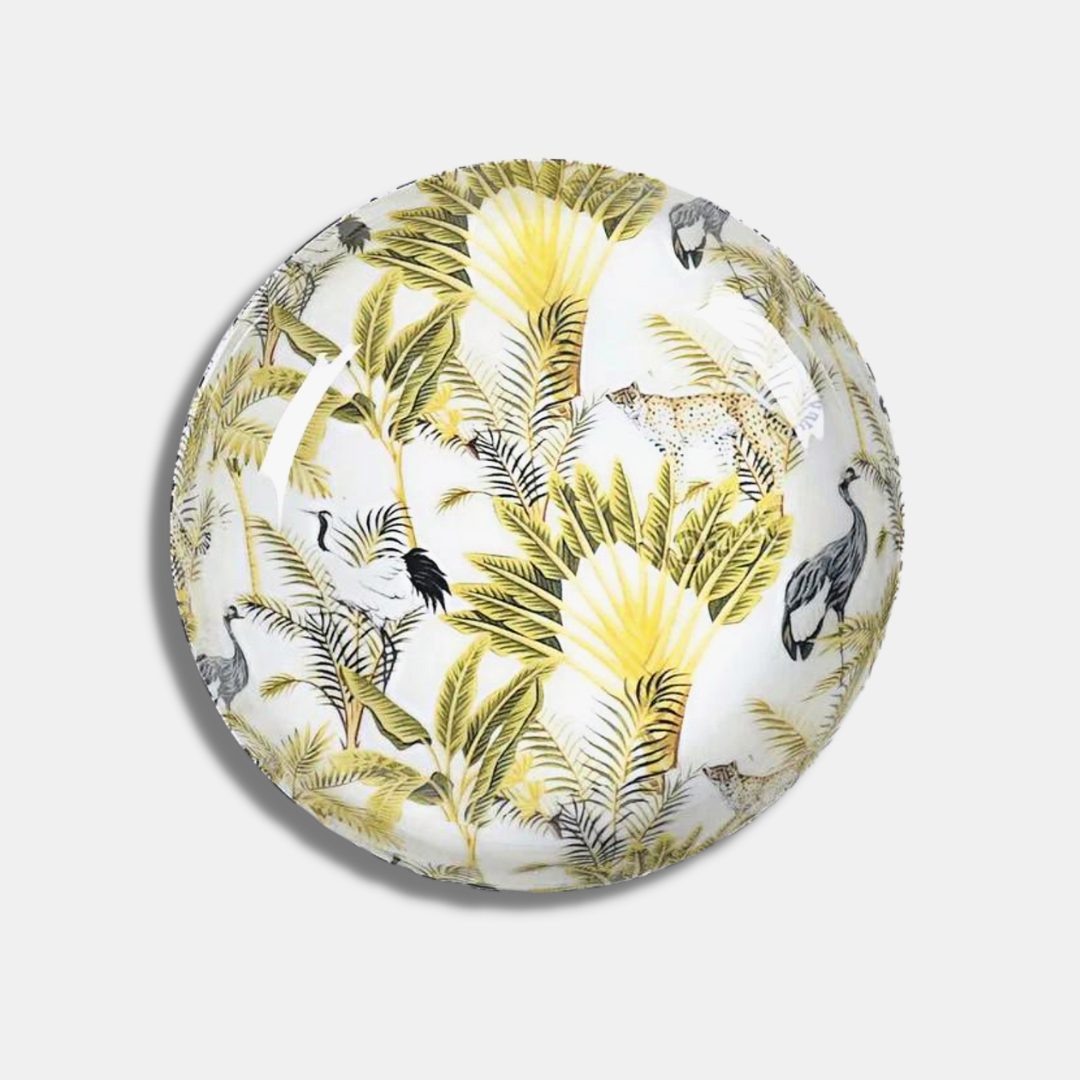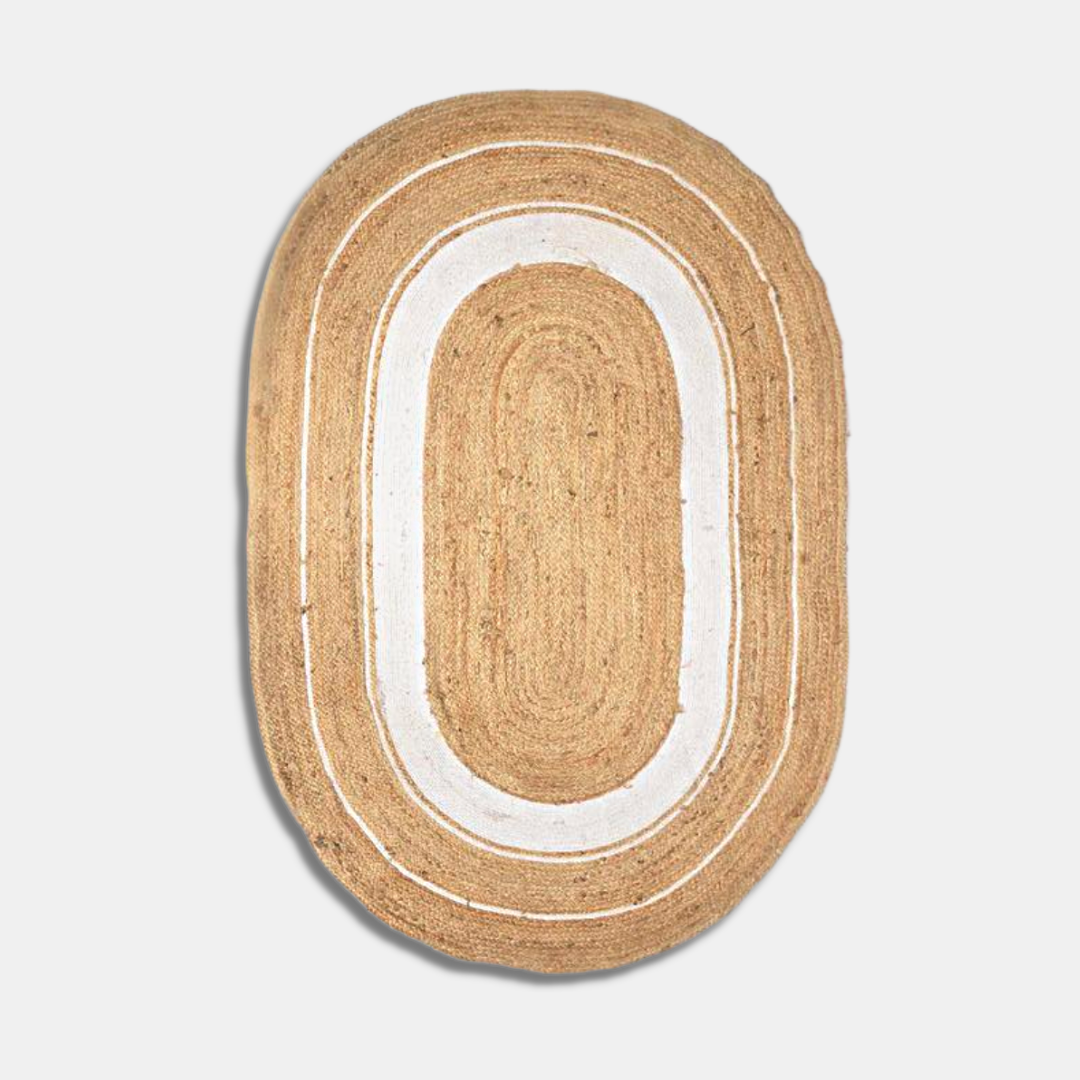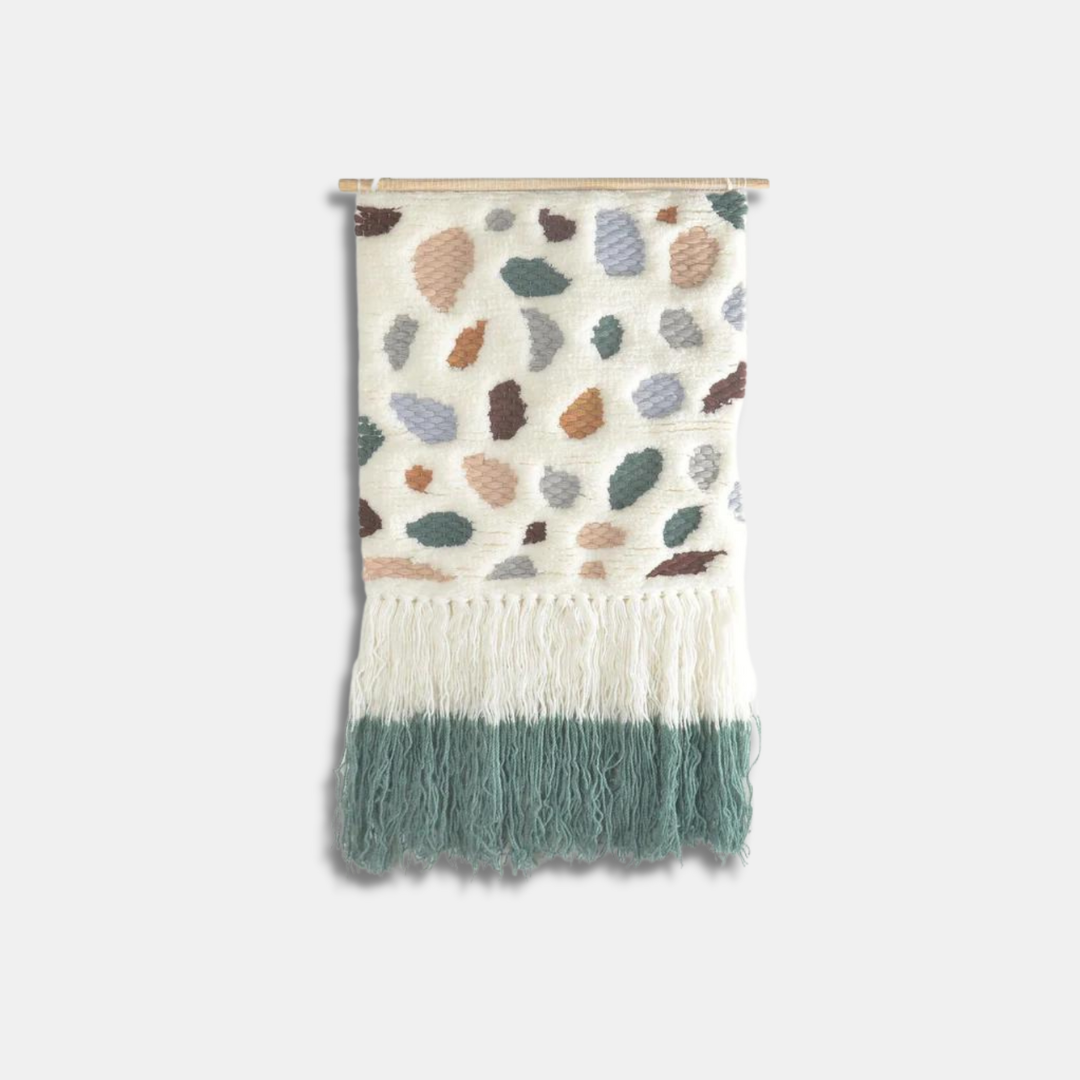Wood carving is an extremely old skill that people have been practicing for a really long time. As time went on, different cultures put their own spin on it, coming up with all sorts of cool and intricate ways to carve wood. Each of these methods is special and has its own meaning in the culture it comes from.
These techniques don't just show the artistic power of the creators, but they also give us a glimpse into the past and what was important to those cultures and societies. We're talking about checking out the mind-blowing woodcarving traditions that span from Scandinavia to Japan, Italy to North America, and, yup, even Morocco. Time to dive into this world of craftsmanship and history!
Chip Carving in Scandinavia

Book stand made with chip carving by artist Lowell Anderson, Image Source: Nordic FolkLife, Uni of Wisconsin-Madison
Location
Chip carving is a traditional type of wood carving technique that was first introduced in Scandinavia. It’s a century-old craft that is used by many people worldwide.
Technique
Chip carving in Scandinavia is a technique that involves the careful removal of small chips of wood from a flat surface to create intricate geometric patterns. This technique has been widely used as a decorative art form on various objects such as furniture, utensils, and architectural elements.
The simplicity of the tools, a sharp knife, and a wooden mallet, are what helps in the complexity of the designs. The patterns often use geometric shapes, intertwining lines, and repeating motifs.
Cultural Significance
The cultural significance of chip carving in Scandinavia goes beyond its aesthetic look and feel. It is a statement of belief in the craftsmanship of the region, showing the skill and precision of the artists.
The techniques used in chip carving often carry cultural and symbolic meanings, connecting the craft to local folklore and traditions.
Netsuke Carving in Japan

Figurine made using Netsuke carving, Image Source: Wikimedia Commons
Location
Netsuke is a type of wood carving that originated in Japan in the 19th century. Initially, Netsuke was simply used as a button fastener and was then later developed into more intricate miniature sculpture objects.
Technique
Netsuke carving is a highly specialized technique. These miniature sculptures, typically carved from ivory, wood, or other materials, are characterized by their intricate details and functionality.
The development of this technique can be traced back to the Edo period, where netsuke served as both practical accessories and artistic expressions.
Cultural Significance
Netsuke carvings often depict scenes from Japanese folklore, mythology, and daily life. The skills required to create these tiny masterpieces are amazing, with artists showing their skills in carving, sculpting, and even storytelling through miniature forms.
This wood carving technique offers an insight into Japanese cultural history that also showcases norms, values, and artistic sensibilities of different eras in the society. The level of detail and creativity involved in netsuke carving make this technique significant in the art world.
Intarsia in Italy

Intarsia carving, Image source: Wikimedia Commons
Location
Intarsia refers to an early Italian wood technique that was developed in Seine, Italy, during the early 13th century. This carving technique is inspired by the middle eastern inlays of ivory wood.
Technique
The technique of intarsia, originating in Italy during the Renaissance, involves the inlaying of various wood pieces to create intricate patterns and images. Unlike relief carving, intarsia produces a flush surface with seamless transitions between different types of wood.
The result is a visual display of colors and textures, as different wood grains and shades are carefully selected to form complex designs.
Cultural Significance
Intarsia gained prominence during the Renaissance as it was used as furniture, architectural elements, and religious artifacts. The technique required a high degree of precision, as artisans carefully pieced together different wood fragments to achieve a harmonious composition.
Intarsia's significance lies not only in its artistic appeal but also in its role as a symbol of luxury and craftsmanship. It continues to be a celebrated tradition, with contemporary woodworkers carrying forward the legacy of this intricate technique.
Tlingit Wood Carving in North America

Tlingit ceremonial mask, Image Source: Wikimedia Commons
Location
The Tlingit people of North America, particularly in Alaska and the Pacific Northwest, have developed a unique wood carving tradition that is deeply intertwined with their cultural identity.
Tlingit wood carving is characterized by the creation of totem poles, masks, and other wooden items adorned with intricate designs. These designs often depict tribal myths, legends, and historical events, acting as visual narratives that convey the rich oral traditions of the Tlingit people.
Technique
The techniques used in Tlingit wood carving are as diverse as the stories they tell. The carving process involves a deep connection to nature, as the wood is not merely a material but a conduit for ancestral stories.
Totem poles, for example, serve as monumental sculptures that communicate the lineage and achievements of specific clans within the Tlingit society.
Cultural Significance
Tlingit wood carving is a testament to the resilience and cultural vitality of the Tlingit people. It serves as a bridge between generations, preserving oral traditions and historical narratives through intricate visual forms.
The artistic skills and craftsmanship involved in Tlingit wood carving reflect the values of community, respect for nature, and the importance of passing down knowledge to future generations.
Cuir Bouilli in Morocco

Tooled leather case, Image Source: The Met Museum
Location
While not a wood carving technique per se, Cuir Bouilli, meaning "boiled leather" in French, is a craft from Morocco that shares some similarities with woodcarving in its intricacy and decorative purpose.
Technique
This technique involves shaping and carving leather when it is softened by boiling, resulting in ornate designs and patterns. While Cuir Bouilli is distinct from woodcarving, it exemplifies the creative ways in which different cultures have manipulated materials to achieve artistic expression.
Cultural Significance
The cultural significance of Cuir Bouilli lies in its role as a functional and decorative craft. Artisans in Morocco have historically used this technique to create a wide range of items, including armor, containers, and accessories.
The intricate patterns carved into the leather often draw inspiration from nature, geometric shapes, and cultural symbols. Through Cuir Bouilli, Moroccan artisans have demonstrated their mastery of materials and their ability to transform utilitarian objects into works of art.
Conclusion
Across continents and centuries, woodcarving techniques have emerged as powerful vehicles of artistic expression, cultural preservation, and storytelling.
The examples discussed—chip carving in Scandinavia, netsuke carving in Japan, intarsia in Italy, Tlingit wood carving in North America, and Cuir Bouilli in Morocco—highlight the diverse ways in which societies have harnessed the beauty and versatility of wood and other materials to create masterful works that transcend time and borders.
These techniques serve as a testament to human creativity, skill, and the enduring power of art to bridge cultures and generations.
Taking inspiration from all these intricate wood carving techniques, Kuttans tries to bring to you the finest wood products, like our simple wood cheese board.
So, be inspired, and keep shopping from the handcrafted wooden items at Kuttans.











Leave a comment
This site is protected by reCAPTCHA and the Google Privacy Policy and Terms of Service apply.